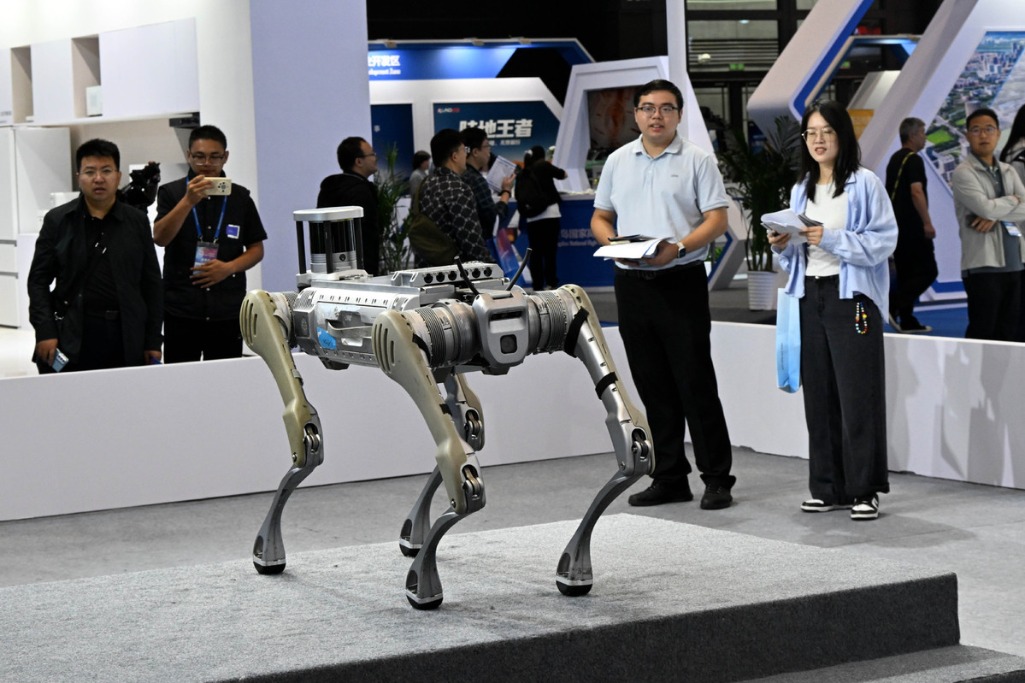New rules aim to tackle growing retired batteries

China is accelerating the recycling standardization to address the fast-growing expired batteries from new energy vehicles.
The domestic recycling market is expected to exceed 100 billion yuan ($14.08 billion) by 2030, according to the State Administration for Market Regulation. It said the country recycled over 300,000 metric tons of power batteries in 2024, generating more than 48 billion yuan in market value.
SAMR recently approved five national standards on the recycling and treatment of waste-battery chemicals, improving the sector's technical framework.
"With the rapid development of the NEV industry, China has become both a major producer and user of power batteries and is about to enter a phase of large-scale retirements," said Liu Hongsheng, director-general of the Standards Technical Management Department of SAMR. "Advancing the recycling and utilization of power batteries is now a priority," he added.
However, hurdles remain. The China Electronics Energy Saving Technology Association estimates that China's retired-battery volume will reach 820,000 tons in 2025 and exceed 4 million tons from 2028. Compliant recycling remains below 50 percent and illegal workshops persist. The industry also faces challenges related to an aging workforce and waste collection.
To tackle these gaps, SAMR has issued a total of 22 national standards on power-battery recycling and reuse to date. They cover general requirements, management rules, dismantling, residual-energy testing, and recovery of lithium-ion waste, among other areas.
As implementation advances, some enterprises have achieved 99.6 percent recovery for nickel-cobalt-manganese and 96.5 percent for lithium, highlighting greener and more efficient processes, according to SAMR. The regulator is also preparing foreign-language editions of key standards to enhance international adoption.
At the company level, firms are expanding capacity along the battery-recycling value chain. Brunp Recycling, a CATL-controlled subsidiary focused on battery circularity, reported that its self-developed Directional Recycling Technology has been adopted as an advanced benchmark. In 2024, Brunp processed over 120,000 tons of spent batteries and produced 17,100 tons of regenerated lithium salts.
BYD is establishing its own collection and second-life system for retired battery packs. According to statistics from the Ministry of Industry and Information Technology, the company has 51 NEV battery recycling service outlets nationwide.
Local initiatives are also advancing alongside national efforts. For example, Fujian province has integrated technological innovation with standards development, introduced supportive policies and provided funding for battery-recycling projects. Three institutions there now have testing capabilities for key battery-safety items.
Sichuan province and the Inner Mongolia autonomous region are exploring regional recycling centers and systems for e-bike lithium-battery recovery. Meanwhile, Shandong province is cultivating a lithium-battery industry chain with a 100-billion-yuan output target.
Together with national standards, these practices sketch the future landscape of China's power-battery recycling system.




































